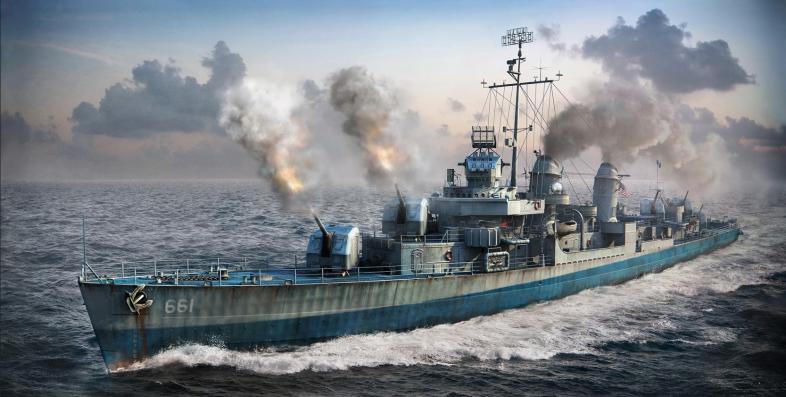

San Martín unexpectedly left the country and resigned the command of his army, excluding himself from politics and the military, and moved to France in 1824. On 26 July 1822, after a closed-door meeting with fellow libertador Simón Bolívar at Guayaquil, Ecuador, Bolívar took over the task of fully liberating Peru.


On 12 July 1821, after seizing partial control of Lima, San Martín was appointed Protector of Peru, and Peruvian independence was officially declared on 28 July. Then he sailed to attack the Spanish stronghold of Lima, Peru. From there, he led the Crossing of the Andes to Chile, and triumphed at the Battle of Chacabuco and the Battle of Maipú (1818), thus liberating Chile from royalist rule. This objective first involved the establishment of a new army, the Army of the Andes, in Cuyo Province, Argentina. After the Battle of San Lorenzo and time commanding the Army of the North during 1814, he organized a plan to defeat the Spanish forces that menaced the United Provinces from the north, using an alternative path to the Viceroyalty of Peru. In 1812, he set sail for Buenos Aires and offered his services to the United Provinces of the Río de la Plata, present-day Argentina. In 1808, after taking part in the Peninsular War against France, San Martín contacted South American supporters of independence from Spain in London. Born in Yapeyú, Corrientes, in modern-day Argentina, he left the Viceroyalty of the Río de la Plata at the early age of seven to study in Málaga, Spain. José Francisco de San Martín y Matorras (25 February 1778 – 17 August 1850), known simply as José de San Martín ( Spanish pronunciation: ( listen)) or the Liberator of Argentina, Chile and Peru, was an Argentine general and the primary leader of the southern and central parts of South America's successful struggle for independence from the Spanish Empire who served as the Protector of Peru.


 0 kommentar(er)
0 kommentar(er)
